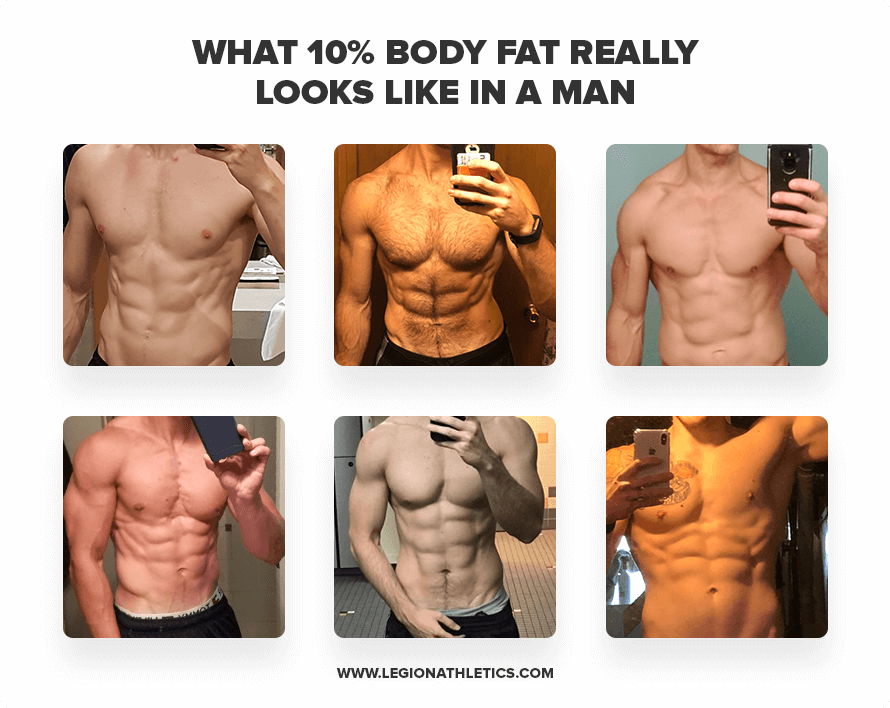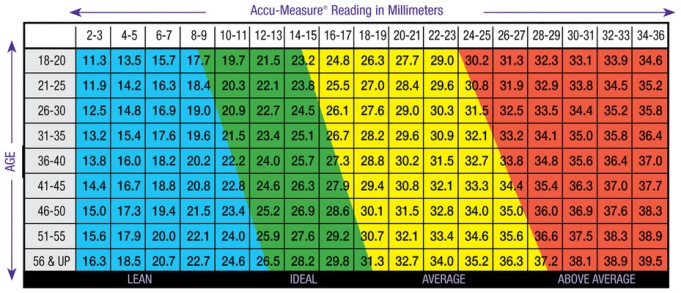

For most people, this form of body composition assessment is impractical. However, this approach is expensive and requires very specialized equipment and training.
Hydrostatic Weighing: Hydrostatic weighing, also known as underwater weighing, is one of the more accurate forms of body composition assessment with error rates being between 2-5% for most apparatuses. Interestingly, waist to weight ratio appears to be the most accurate (Dong et al., 2018). There are good data to show how well different measures correlate to body fat percentages. More specifically things such as waist-to-hip ratios, waist-to-height ratios, and neck circumferences are ways to estimate body composition. Body Circumference: Another very accessible and easy to perform method of estimating body composition is through measuring body circumference. As such, it is difficult to be certain of changes of <5% of body fat. While easy to perform, this method requires a substantial amount of training and has a pretty high error rate, with up to 10-15% error rates reported in some studies. Percentage body fat calculator skin#
This method relies on precisely built and calibrated calipers that measure skin thickness in millimeters. This layer is known as the subcutaneous fat layer.


Skinfold Calipers: One of the most readily accessible ways to estimate body fat is to measure the physical thickness of the adipose (fat) layer directly under the skin.Here is a quick review of those major technologies. Each method has pros and cons and different levels of accuracy. These methods use a wide variety of technologies, ranging from very simple (a tape measure) to very complicated (three-dimensional laser scanning technology. As mentioned earlier, there are many ways to estimate body fat.







 0 kommentar(er)
0 kommentar(er)
